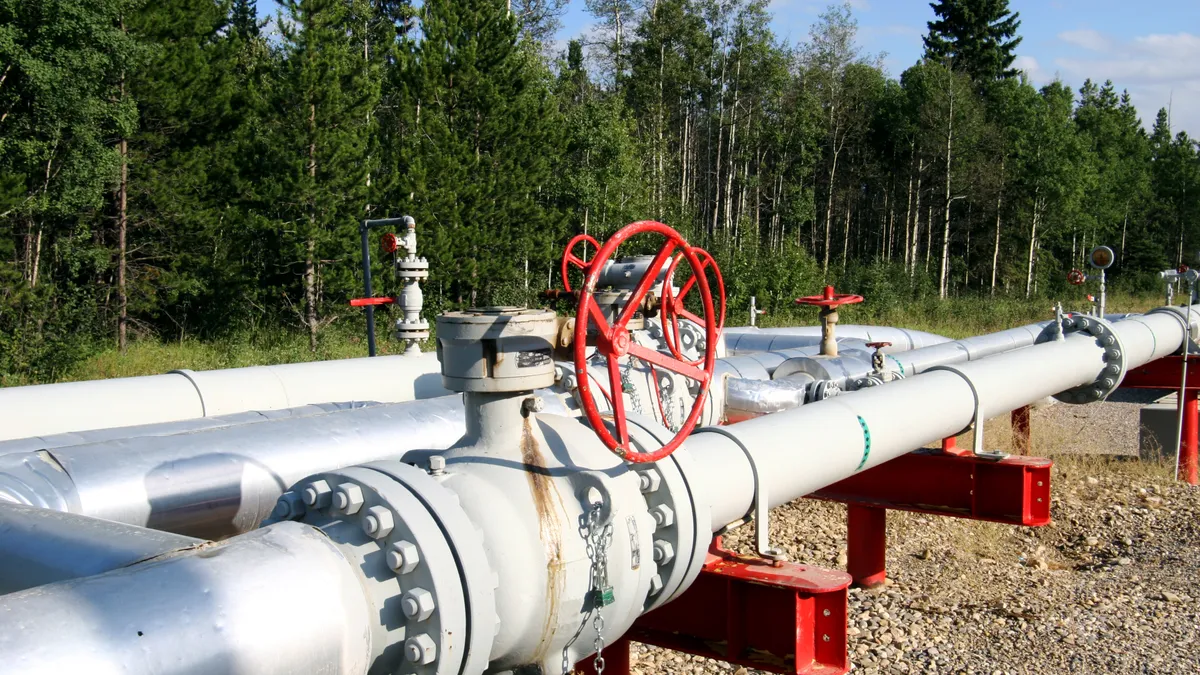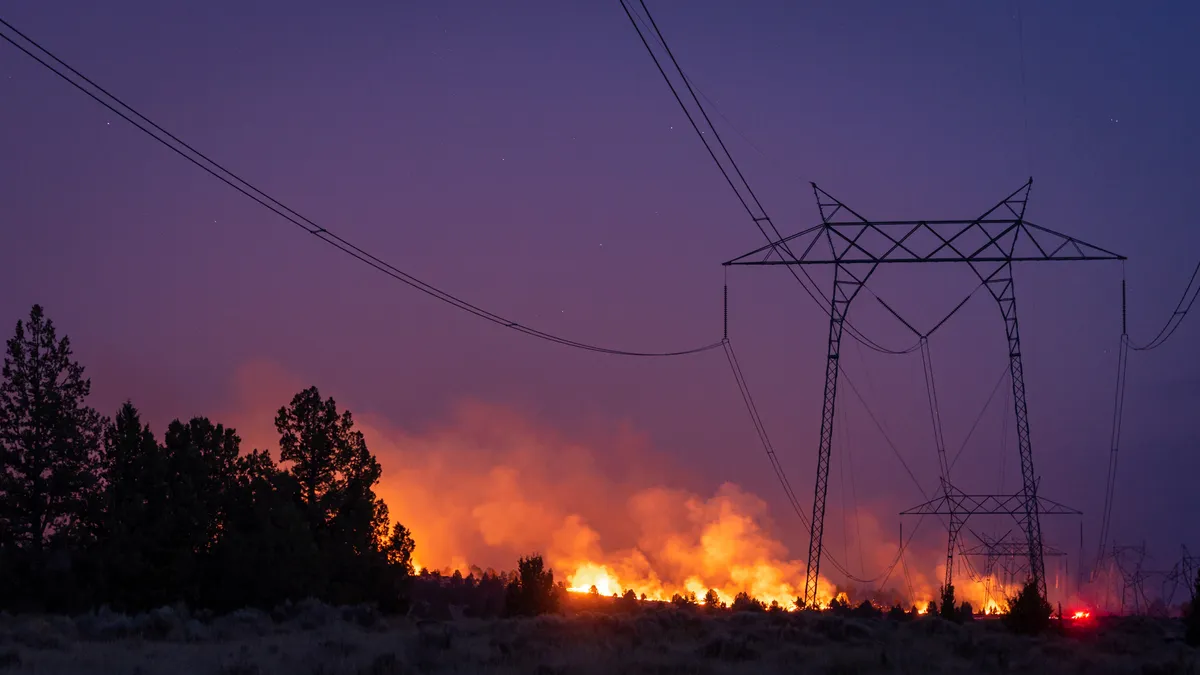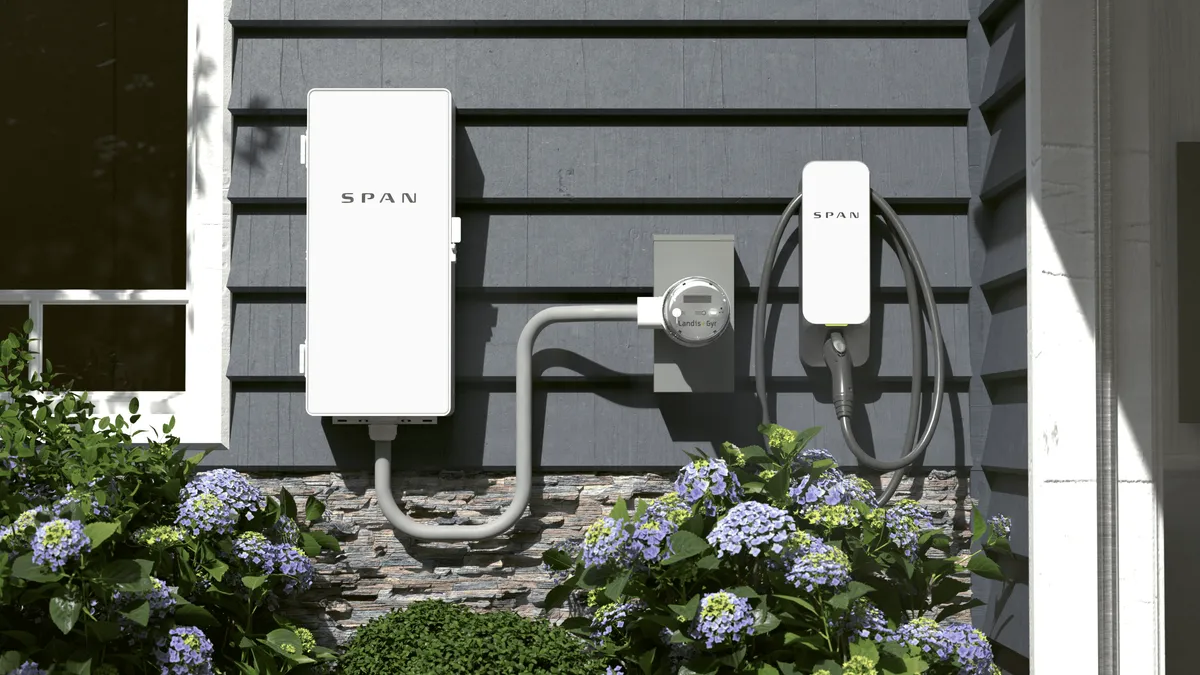The following is a viewpoint from Lloyd Adams, national vice president for SAP for Utilities.
Let’s face it, chances are slim today that “utilities industry professional” is on the short list of what young people want to be when they grow up. Ours is an industry that, often justifiably, has been stigmatized as being slow-moving, with archaic technology and processes, restrictive regulations, and not much room for innovation.
But while those of us in the utilities sector may never attain the status of fire fighters at our kids’ career days, the good news is that we have before us a golden opportunity to vanquish those dated perceptions and become an industry of choice for millennials and Generation Z.
Why is that important? Millennials will account for one-third of the adult population by 2020 and 75 percent of the workforce by 2025. And Generation Z is the generation just starting to graduate from college and enter the workforce. In short, the very future of the utilities sector depends on whether we can attract, retain and engage those young employees.
A perfect storm
The utilities sector is at a unique inflection point. Consumer behavior has driven mammoth shifts in the industry, forcing energy companies to respond to heightened interest in responsible energy consumption and the advent of consumers as energy providers. Just look at Georgia, where people can buy solar panels for their homes directly from Georgia Power, and then later sell their excess energy. In Vermont, people can purchase lithium batteries directly from Green Mountain Power to power their homes. And across the country, homes are being built with automated window shades and a myriad of other energy-saving features – look no further than Houston Hills and new homes architected by NRG as proof of this.
Competitive pressures from non-traditional corporate entrants are also emerging. Companies like Wal-Mart are generating their own energy to the tune of 7 billion kWh by 2020, Tesla Motors is doubling down on lithium batteries to fuel the transition to sustainable energy, and Amazon is pursuing a strategy to deploy rooftop solar systems at 50 of its facilities globally by 2020.
Indeed, many utility companies are struggling to remain competitive. In some cases, they’ve been using paper-based systems or are overly reliant on mainframe technology. Some also find themselves stifled by the heavily regulated nature of this market. And virtually all are faced with an aging workforce that is beginning to retire, taking with them all the institutional knowledge they’ve built up over the past several decades.
Meanwhile, what younger workers seek in an employer is at odds with perceptions about the traditional utility. According to Deloitte, the millennial generation prioritizes the “positive energy” around a business, being the “best possible business/entity in our area,” “being the best possible place to work” and “improving the skills of the workforce.” And GenZ is extraordinarily tech-savvy, less motivated by money and eager for careers that offer opportunities to grow and be challenged.
Blueprint for success
However, forward thinking utility companies are using these challenging market conditions as opportunities to transform their organizations and appeal to the next generation of utility talent – those with the innovation mindset and technical skills that make them equally attractive to hot startups and tech blue-chips. Here are three key learnings I’ve observed from utilities leaders who are winning in this market:
1. They’re using design thinking
Transformation doesn’t happen overnight. And it isn’t led by one person. It requires an approach that integrates the needs of people, the possibilities of technology and the requirements for business success. That approach starts with bringing a cross-functional team together to ask the difficult questions to define precisely what problem you actually need to solve, whittling down to one solution – with care to nurture all ideas – and then putting in place a plan to execute.
Design thinking has been used by all manner of organizations to tackle interesting problems, from helping Heidelberg University Hospital reduce cervical cancer in Africa to helping Pacific Gas & Electric develop mission-critical mobile business applications for field workers in a matter of weeks. For PG&E, this was especially critical and transformational – they cover a 70k square mile service area, and 50% of employees were being asked to make split second decisions based on paper-based systems. Using design thinking and an agile methodology, PG&E changed the game, increasing the speed with which they are delivering technology solutions to business users, leading to improved decision making in the field and ultimately enhancing the quality of deliverables to end customers.
2. They’re embracing digital
The agility that is required to succeed in a highly regulated industry with upstart competitors and demanding customers can only be achieved with digital technology. The digital journey of each utility company is varied, but what is shared by all is that their journeys are informed through design thinking and specifically engineered to each company. We’re seeing cloud technology increasingly becoming table stakes in utilities, from enabling workers in the field to share repair details and access inventory instantly, to usage monitoring apps and back-office functions such as HR and billing.
But utilities are also finding success with IoT technology to monitor, maintain and maximize an increasingly diverse network of smart, connected devices and equipment; with analytics to uncover better insights across the business and improve customer relationships; Big Data to connect to, manage and store vast amounts of data about energy consumption patterns, pricing trends, and other business-critical data. Those on the cutting edge are tapping into drones and virtual reality technology for checking on the status of far-flung infrastructure; machine learning capabilities to assist and improve important tasks such as recruiting and customer service; and experimenting with blockchain to speed transactions and increase trust, visibility and security.
3. They’re focusing on culture
Successful utilities companies are building a culture of inclusion and innovation, with an eye on attracting and retaining high performance talent. They’re pursuing candidates with diverse backgrounds and abilities to bring different perspectives to the workplace, and they’re looking for opportunities to grow and develop new hires for rewarding careers that rival those in Silicon Valley. They’re also unifying the workforce under the banner of digital transformation, ensuring that everyone understands the strategy and knows their role in bringing it to fruition.
The future is bright
Despite all the challenges and upheaval in the industry, we are seeing encouraging signs for the future. Utilities are showing that they clearly understand the need to transform, and many are taking steps to reimagine their utility in the digital era. Many are also building an appealing culture that is attractive to new talent, and executives report that they’re planning to hire 23% more people in 2017 than they did in 2016.
If utility companies can deliver in each of those areas, it is not unreasonable to expect that within the next decade, the sector will move from one of the least desirable industries for college graduates to one of the top sectors in which to build a career. I encourage us all to seek out opportunities to network with one another, share best practices, learn from our respective experiences and ultimately help make that vision a reality.





















